Top speed 639 km/h Length 43 m First flight September 26, 1980 | Wingspan 42 m Engine type Pratt & Whitney JT3D | |
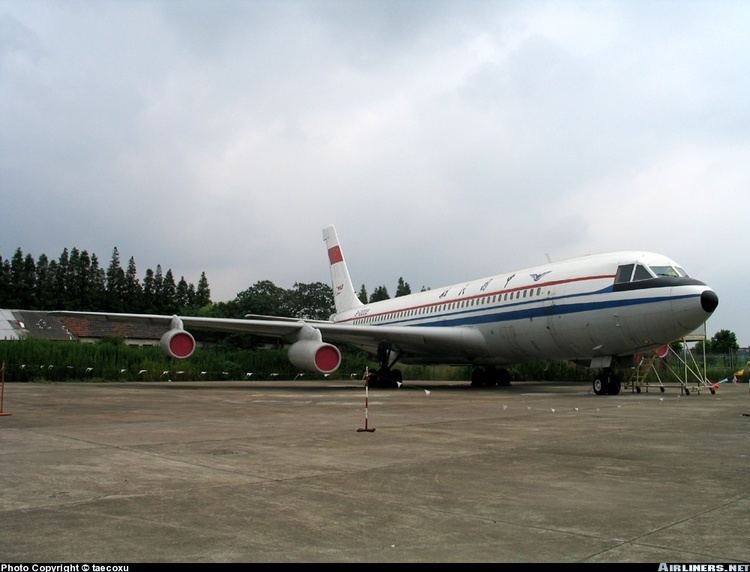 | ||
Manufacturer Shanghai Aircraft Manufacture Factory | ||
Shanghai y 10 chinese airliner english subtitles
The Shanghai Y-10 (Y - Yunshuji - Transporter) was a four engined narrow-body jet airliner developed in the 1970s by the Shanghai Aircraft Research Institute.
Contents
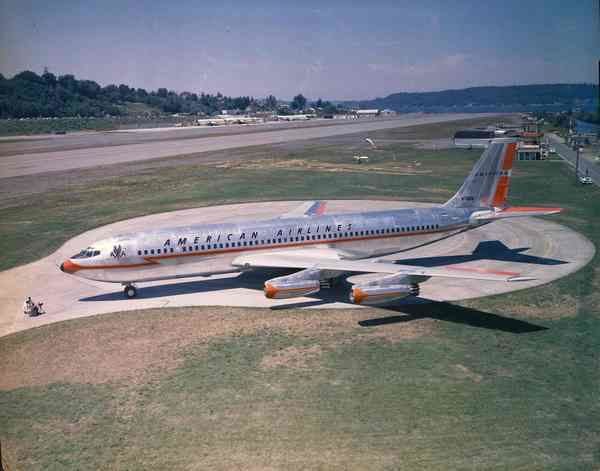
Due to non-availability of the intended WS-8 turbofan engines the prototype aircraft used Pratt & Whitney JT3D-7 turbofan engines, acquired as spare engines for CAAC's small fleet of Boeing 707 aircraft. The cabin could be configured to seat 178 in high-density, 149 in economy, or 124 in mixed-class and the large flight deck accommodated five crewmembers: pilot, co-pilot, flight engineer, navigator, and radio operator.
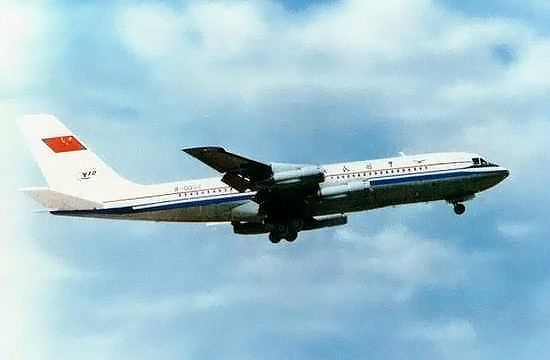
History
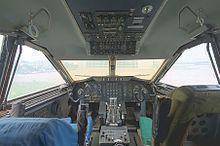
Development work began in August, 1970 for Civil Aviation Administration of China (CAAC). The plane was intended to serve as a demonstrator and help the Chinese industry obtain experience in large aircraft design and flight testing. The Y-10 development costs totalled 537.7 million yuan. The Chinese government prided itself on the program, citing a foreign press report that said, "After developing this kind of highly complex technology, one could no longer regard China as a backward country." The project was heavily tainted by politics from the beginning because it was spearheaded by Wang Hongwen, one of the Gang of Four. The strategic vision of an independently developed large transport plane had long been voiced by Mao Zedong and, in 2006, a similar project with updated design goals made its way into the Eleventh Five-Year Plan, periodic strategic socio-economical development plans drawn up by the Chinese government. The general designer of Y-10 is Mr. Wu Xingshi (吴兴世), who would become the first general designer of Comac ARJ21.
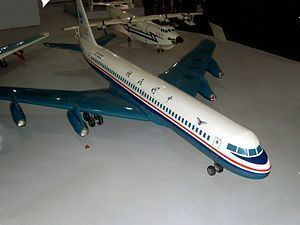
Three aircraft were built by the Shanghai Aircraft Factory, (now known as Shanghai Aviation Industrial Company, or SAIC), the first prototype (01) was used for static testing, the second prototype (02) was used for flight testing and the third (03) for fatigue testing. The plane first flew on September 26, 1980, making 130 flights with 170 hours of flying time, visiting Beijing, Harbin, Urumqi, Zhengzhou, Hefei, Guangzhou, Kunming, Lhasa and Chengdu before its retirement in 1984.

The Y-10 is an indigenous Chinese design. While rumors stated that the planes were reverse-engineered copies of the Boeing 707—one report claimed that after Chinese engineers disassembled a 707 to study it, neither the reassembled original nor the copy would fly—both the Y-10's designers and Boeing denied this. While the Y-10 resembles the 707, its dimensions are closer to the Boeing 720 than the 707, and the internal design is very different.
By the time the prototype was first flown, debate about its viability surfaced, based on a design that was already 30 years old, CAAC, which already owned a modest Western fleet, would not purchase the plane. China was beginning to embrace trade with the West, and some saw the isolationist design as an inefficient throwback to Maoism. China in the early reform era was ruled by rehabilitated cadres previously persecuted in the Cultural Revolution by Wang Hongwen, the project initiator, resulting in the cancellation of the project in 1983, officially due to cost and market concerns. During its maiden flights, no governmental officials attended the ceremonies for fear of the connection to Wang Hongwen and the Gang of Four. By 1985, SAMF had been granted production licensing for the McDonnell Douglas MD-80 and shifted all efforts towards that program.
A model of an AWACS variant has been seen, resembling the Boeing E-3 Sentry AWACS aircraft.
Specifications (Y-10)
Data from
General characteristics
Performance
